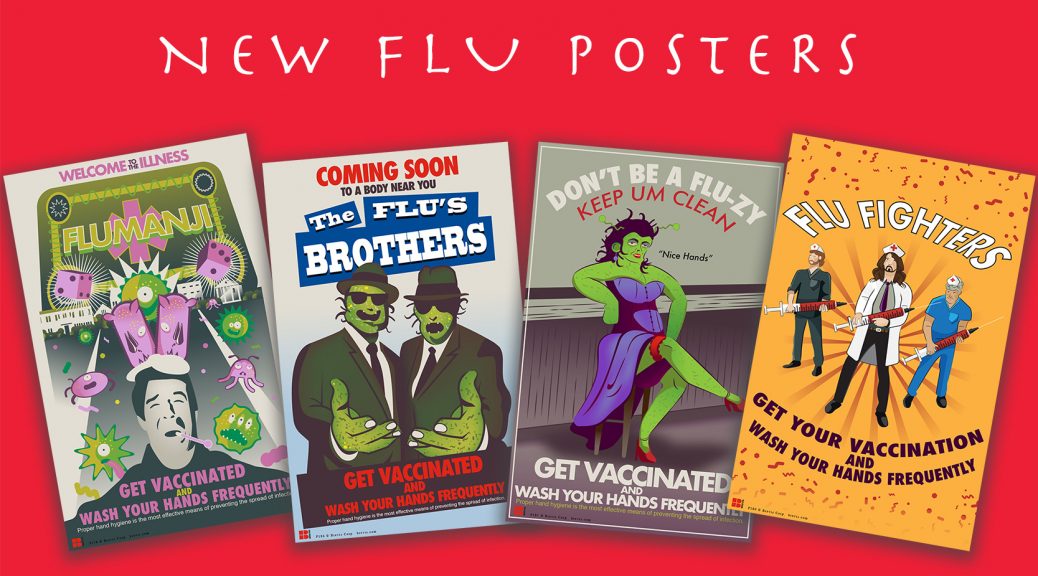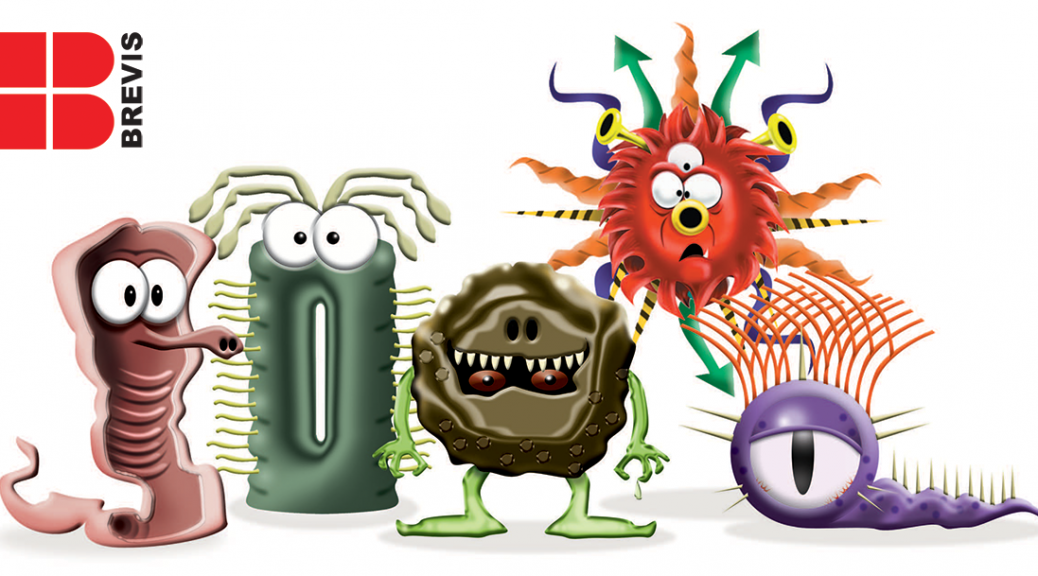2018 – Another Anniversary?
Anniversaries. To celebrate or just to observe?
2018 is the fortieth anniversary of the incorporation of Brevis. Yeah!
2018 is the anniversary of the end of World War One.
Great Influenza Pandemic
But 2018 is also the one-hundredth anniversary of the Great Influenza Pandemic. And a dramatic start of a hundred years war that has no end in sight. World-wide this pandemic claimed somewhere between 20 and 100 million victims in 1918-1919. Pick your source to pick your number.
In previous essays we have shown how the flu predisposed us to World War II by disabling Woodrow Wilson during the writing of the Treaty of Versailles. We have also talked about the search by intrepid scientists for the original virus which took them to frozen corpses in Brevig Mission, Alaska. The virus may have been identified but that does not explain how the original epidemic starting in Fort Funston, Kansas was quite mild and then became much more virulent in subsequent outbreaks. One thing is clear: Army forts were crowded with new recruits who were destined for Europe. Crowding was ideal for spread of this virus.
The highly mutable virus appears to have a natural host in ducks and ducks seem happy to share with chickens and pigs. Of which multitudes reside in China. So we go to China to discover each year which strains are on the current hit parade so that we can develop effective flu vaccines. Maybe this is how China is demonstrating the importance of their trade with the US. Or is it just a free gift as a way of saying Thank You for all the other goodies we import from them?
Wash Your Hands
Regardless of all the ins and outs of influenza – and all other infectious diseases – the best we can come up with for prevention are proper hand hygiene and vaccination. As the decades roll by replete with outbreaks of new often more virulent strains of nasties the most effective strategy remains the same. Wash your hands. Wash them often. Wash them well.
Happy Anniversaries!
Gordon Short, MD
Brevis Corporation
13 November 2018


